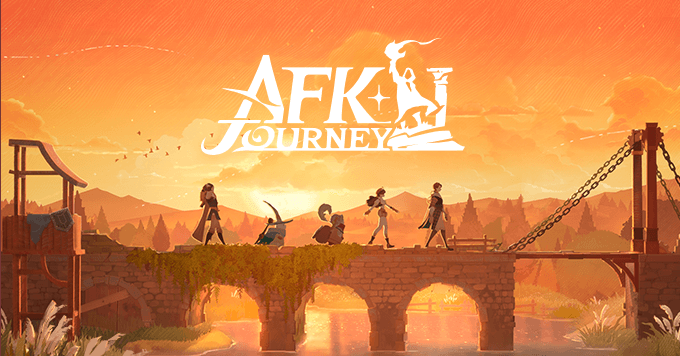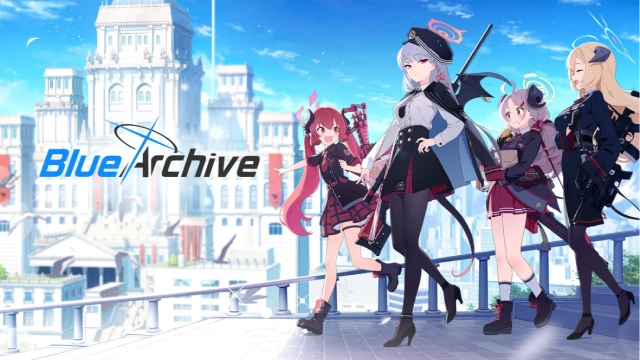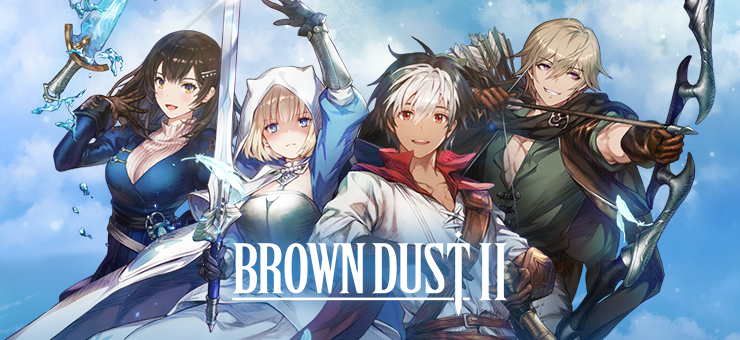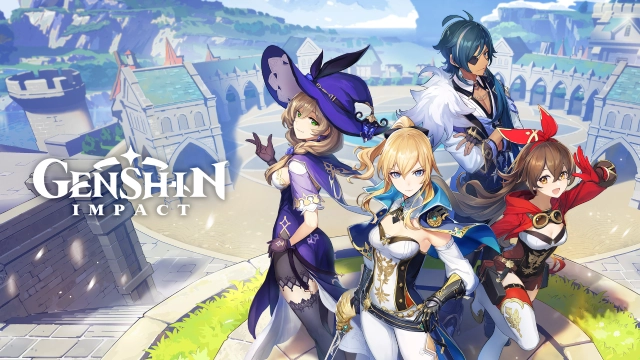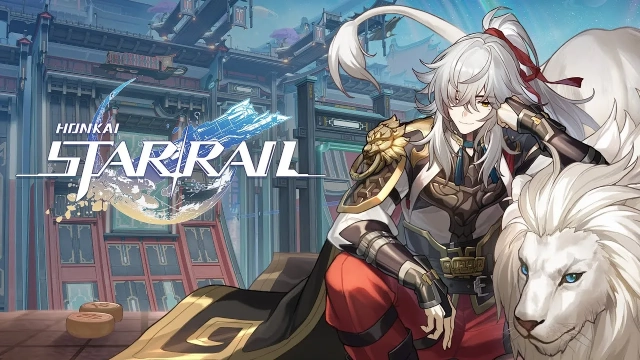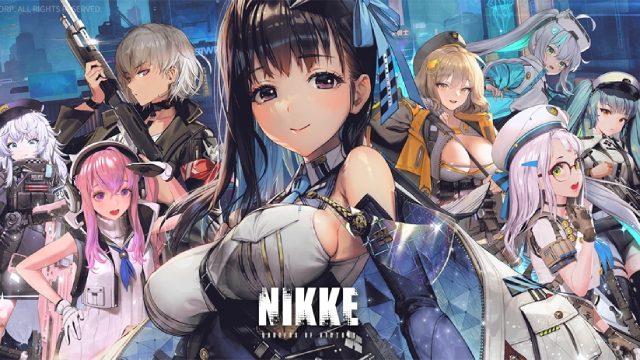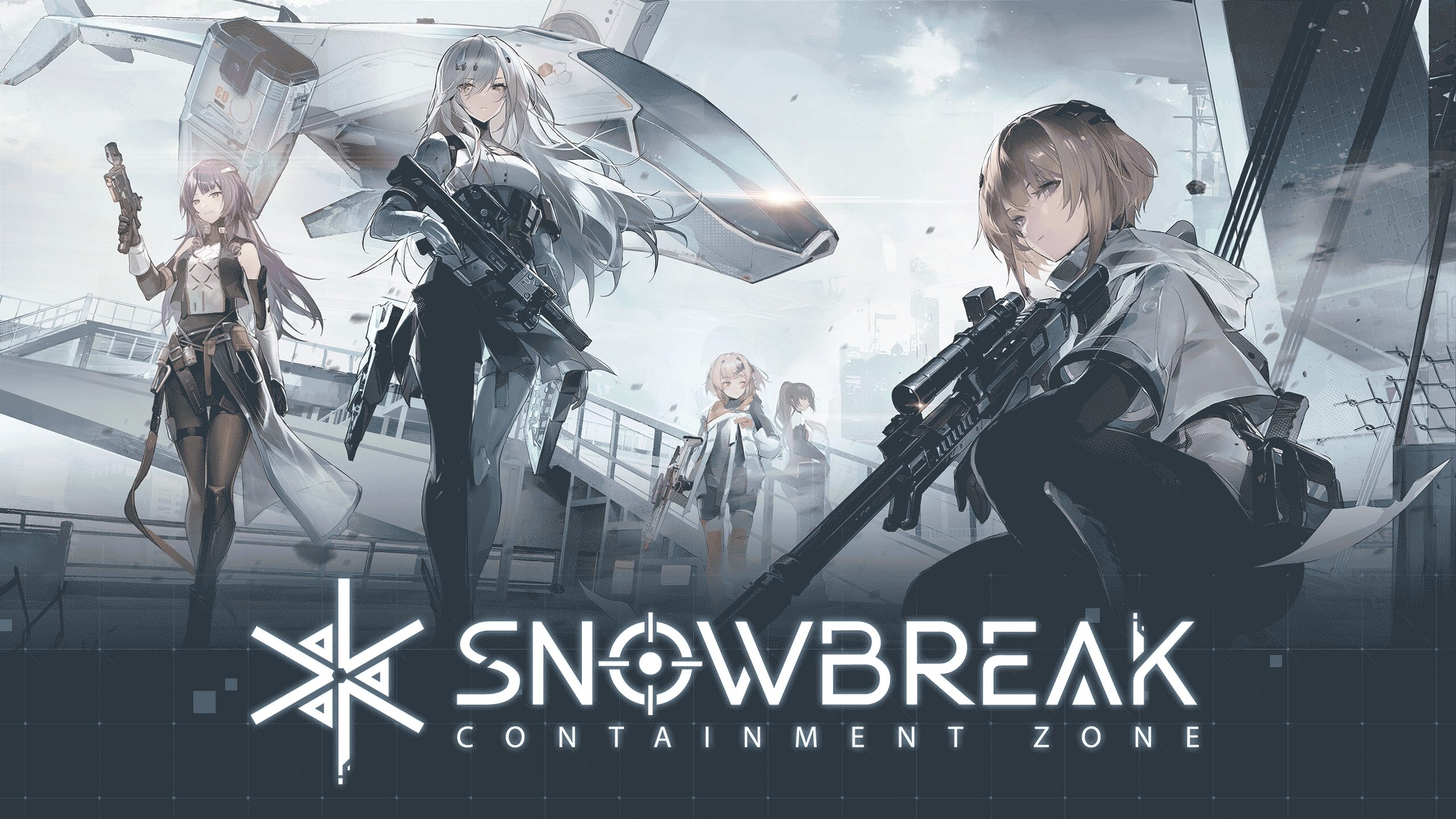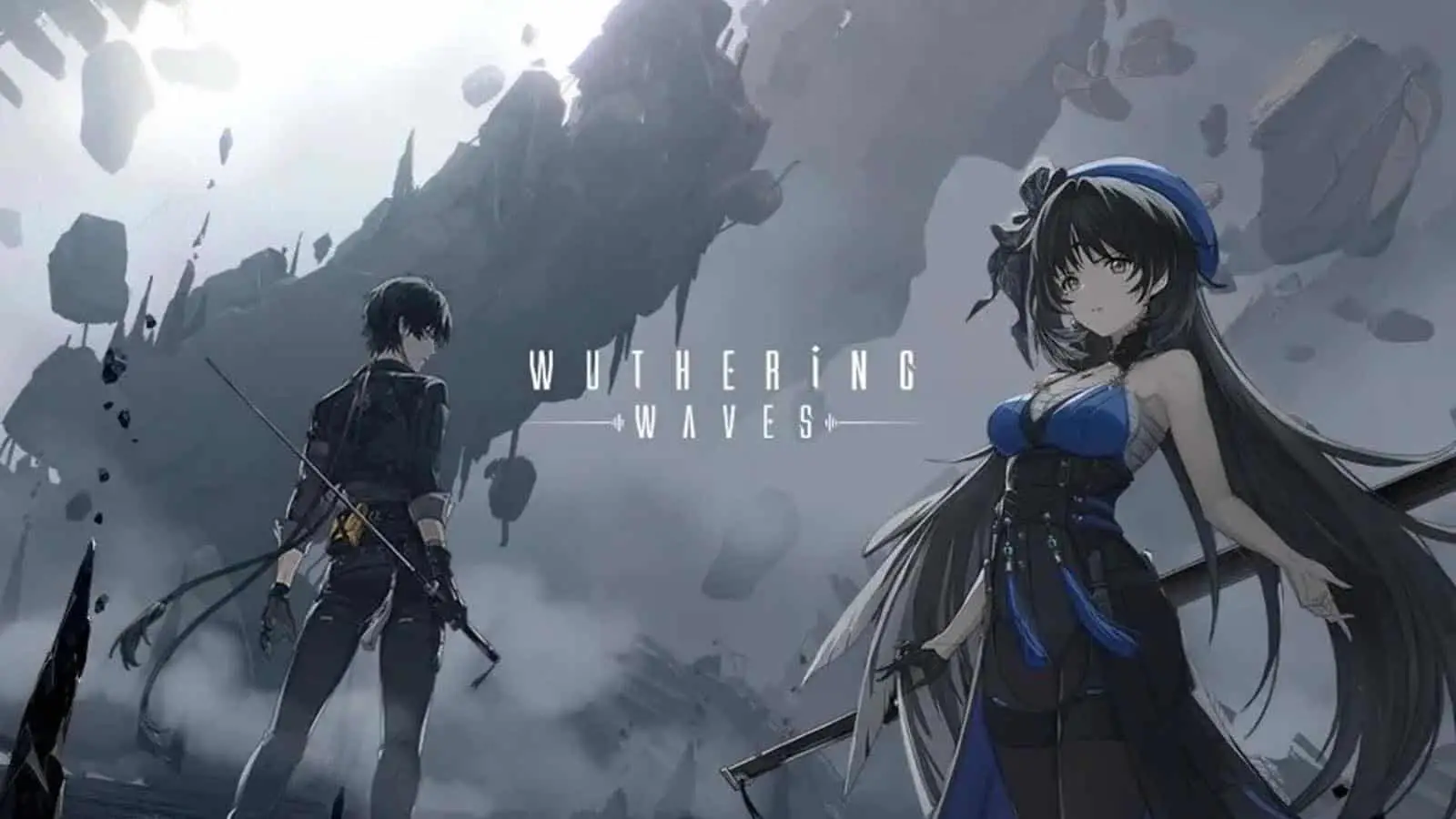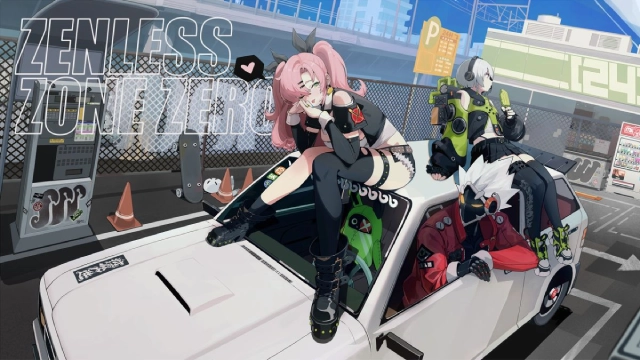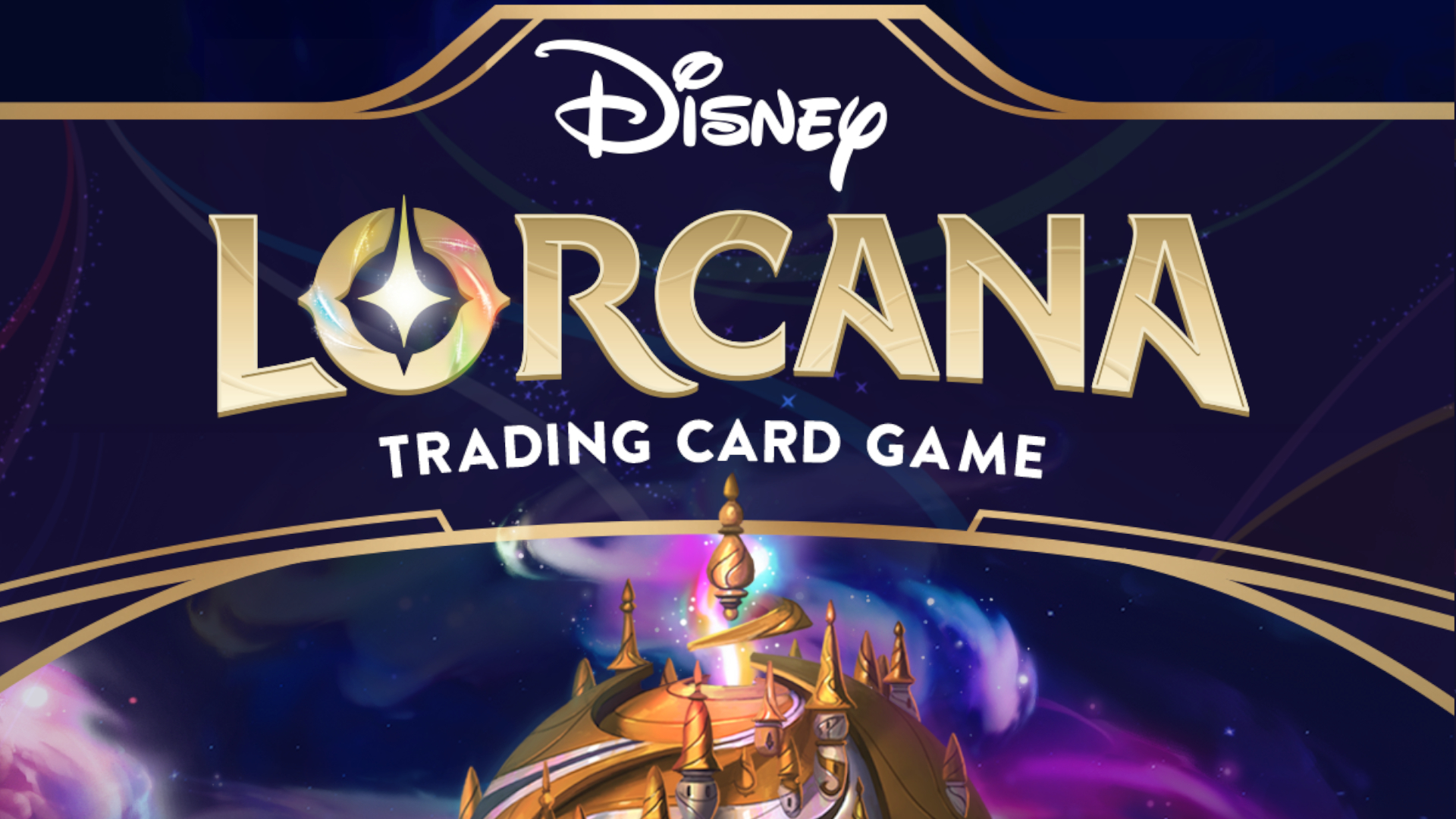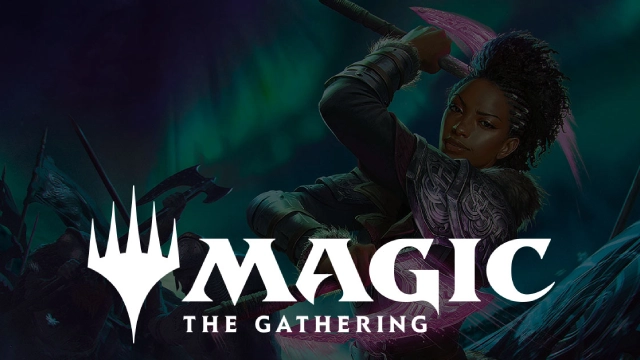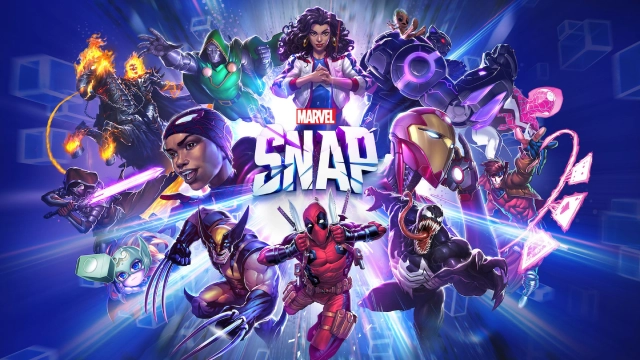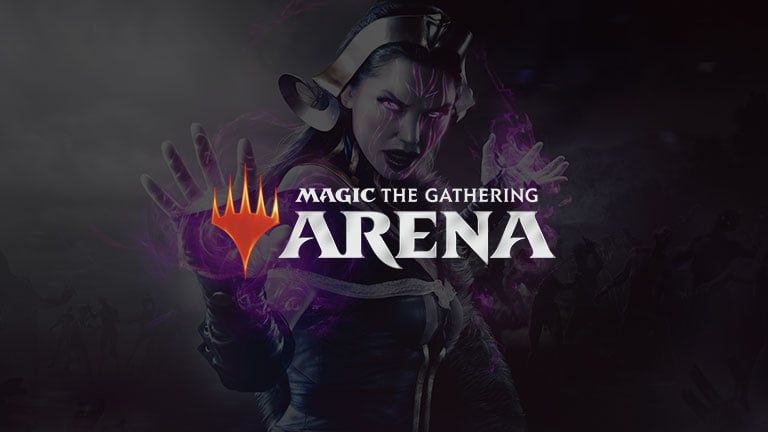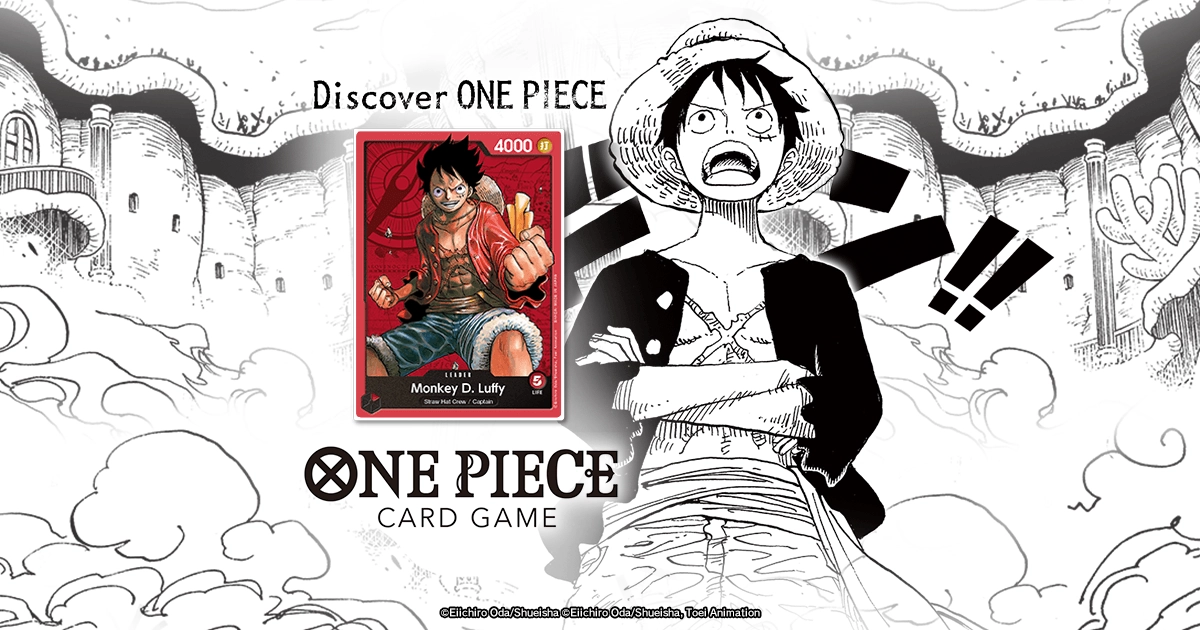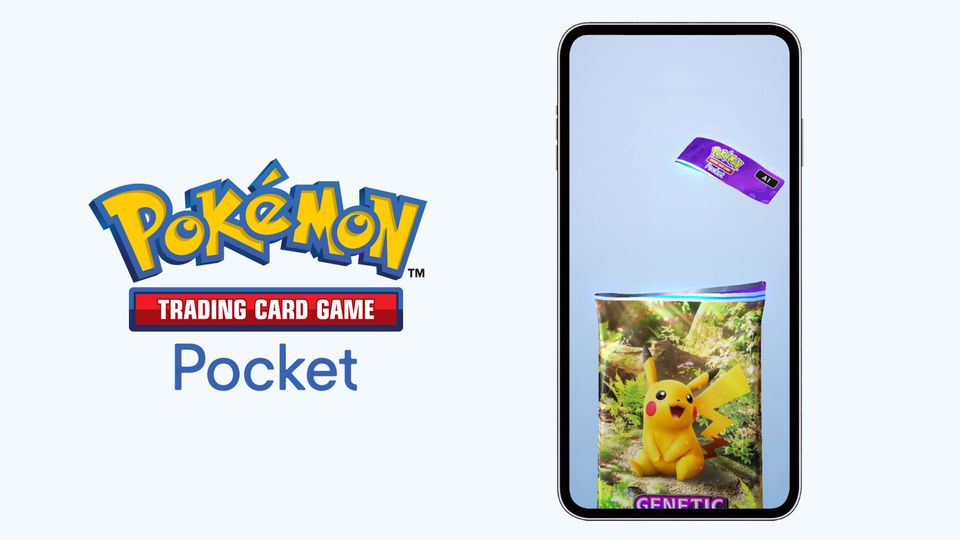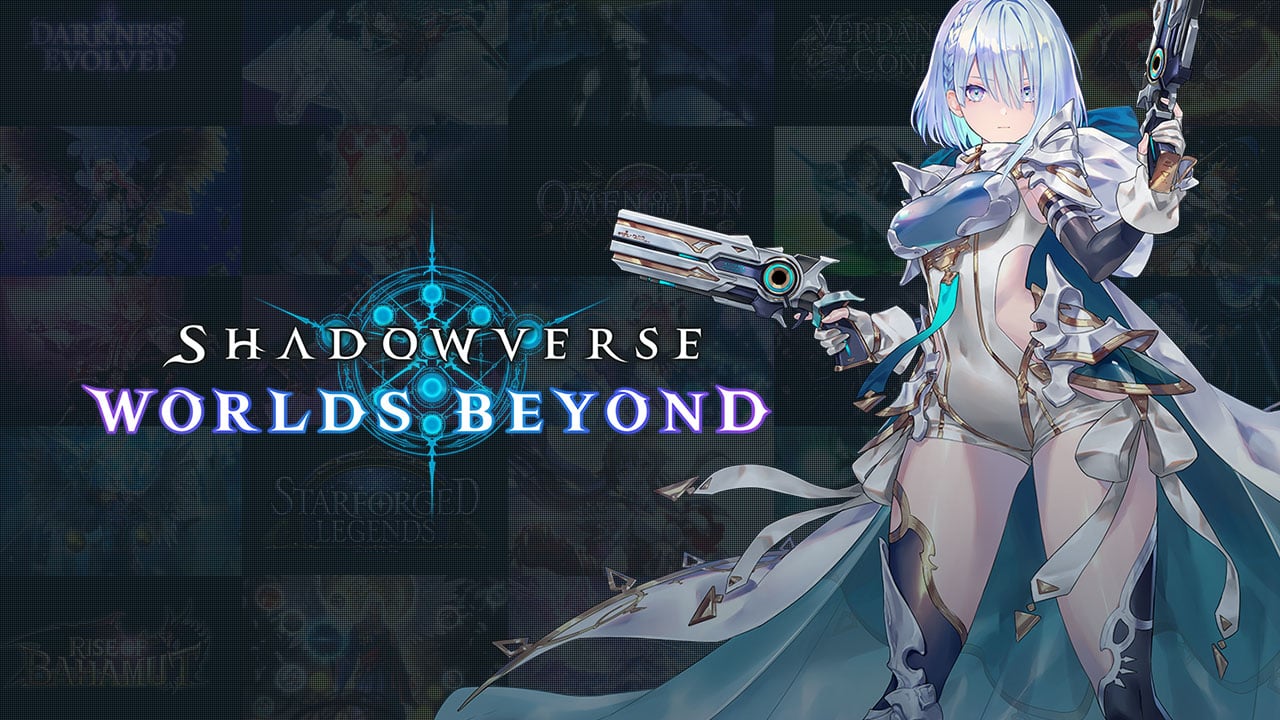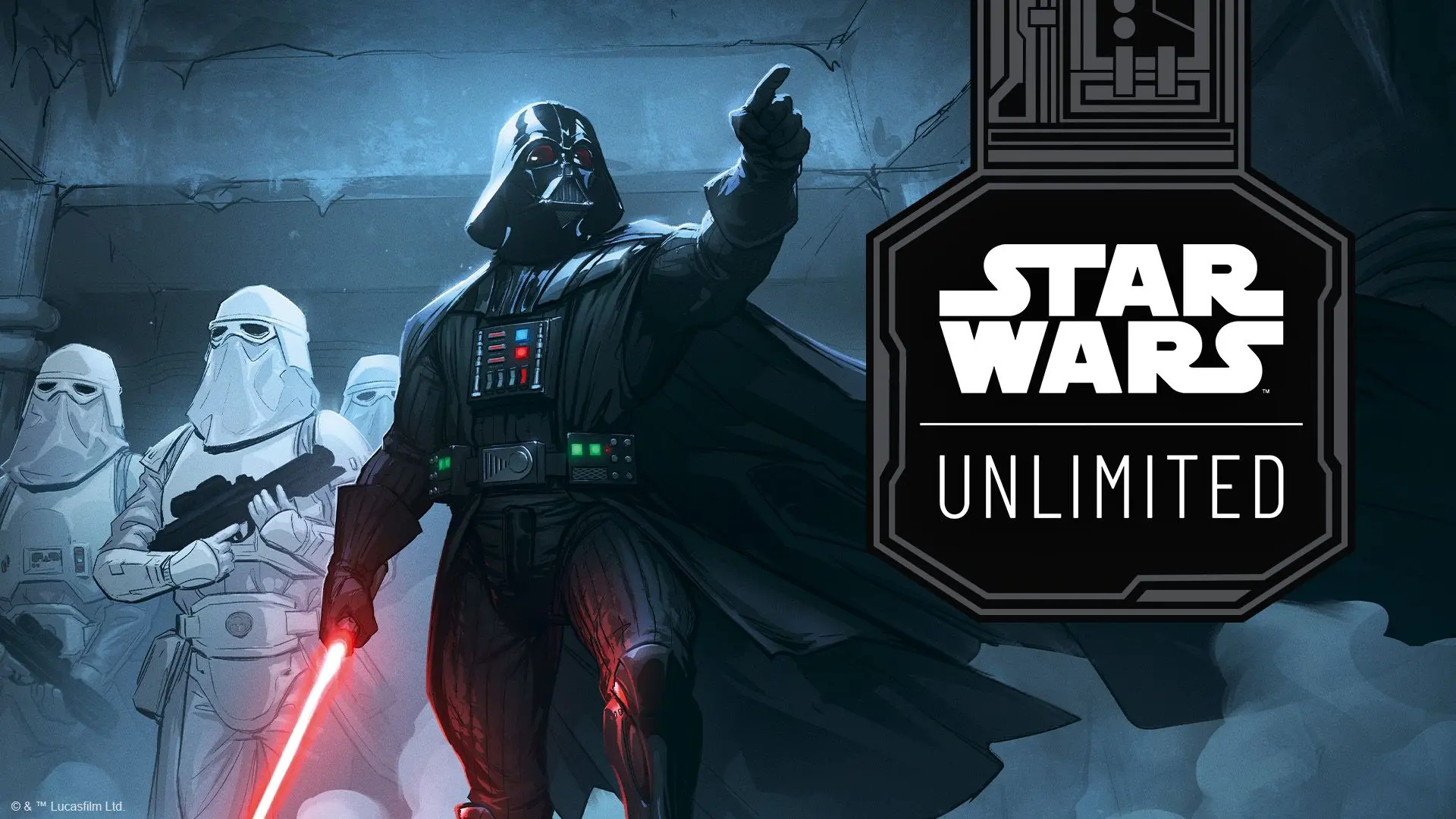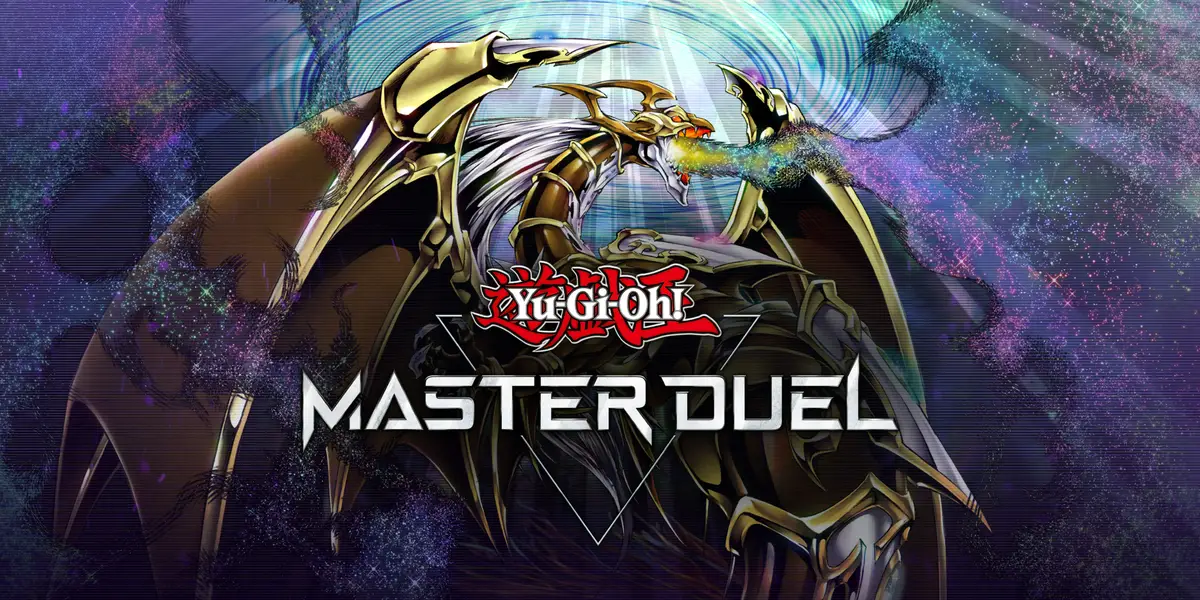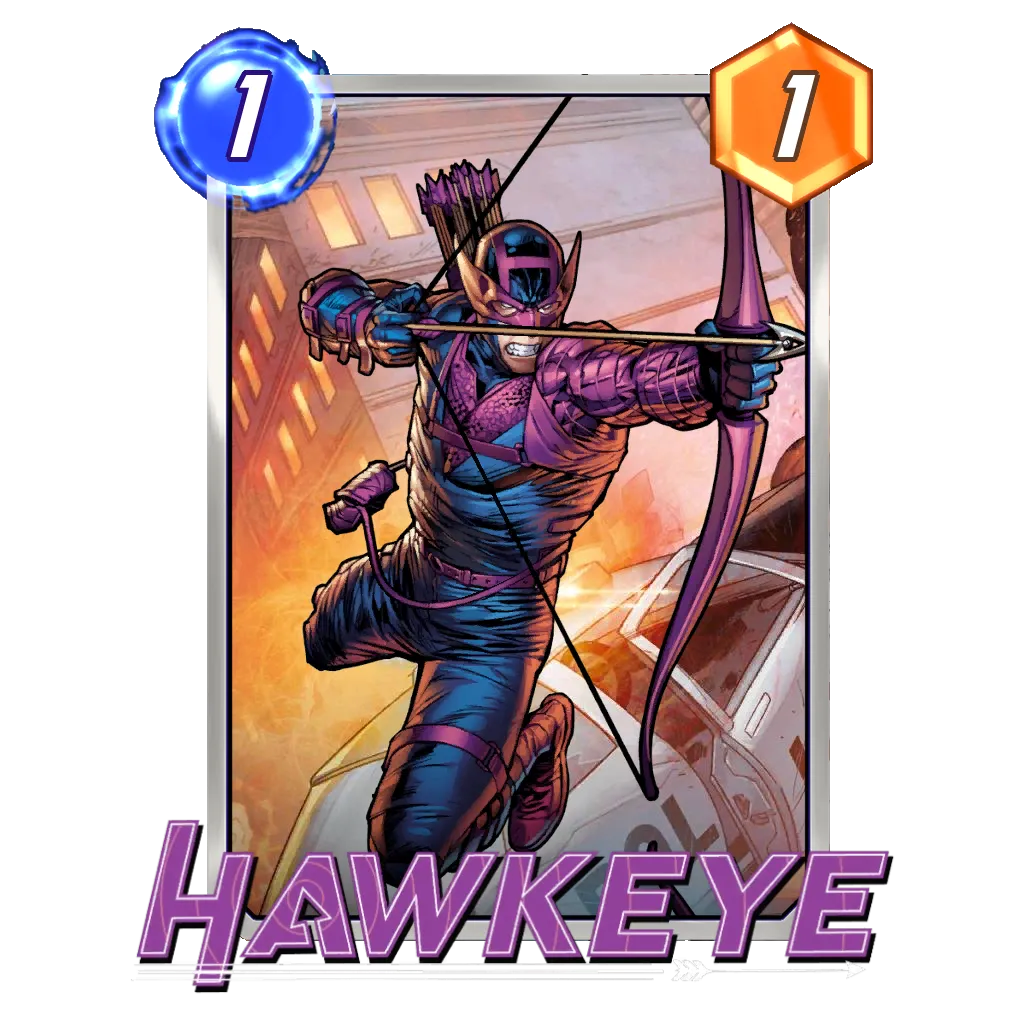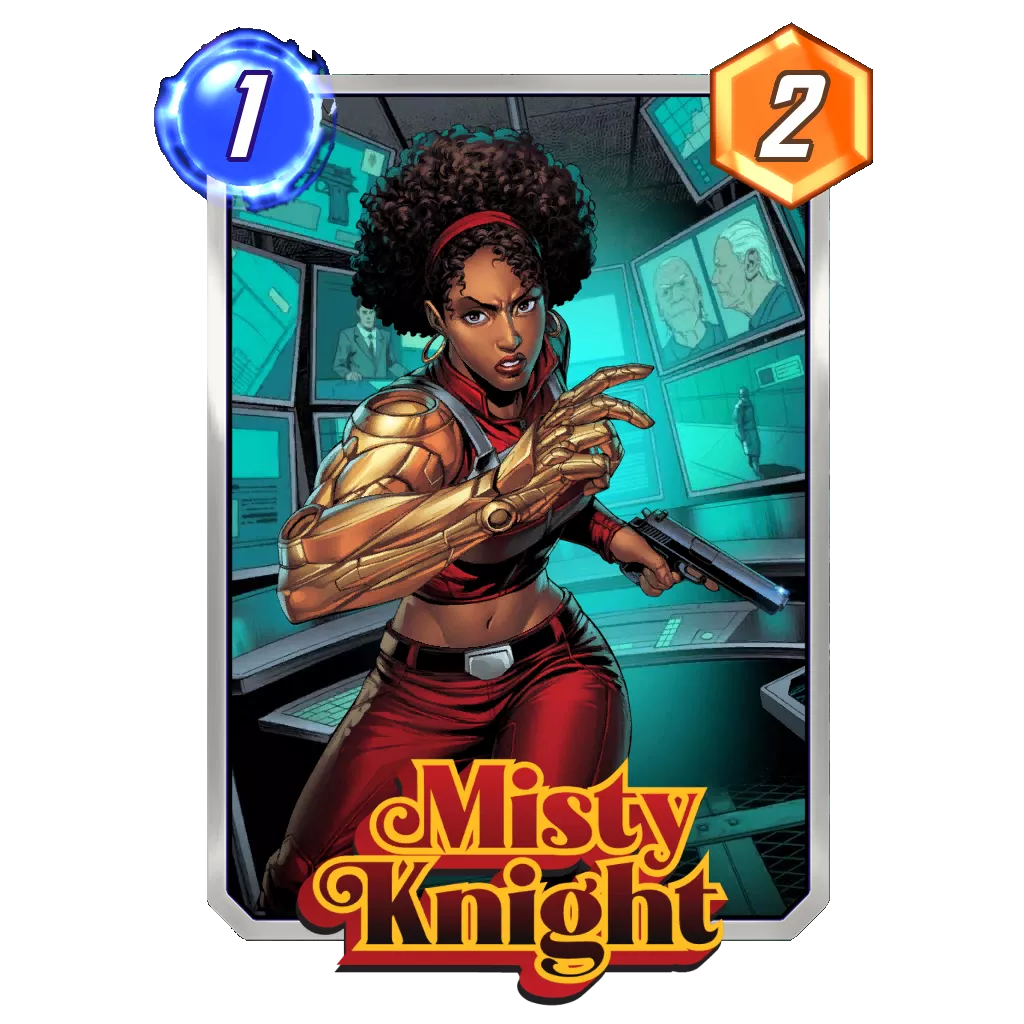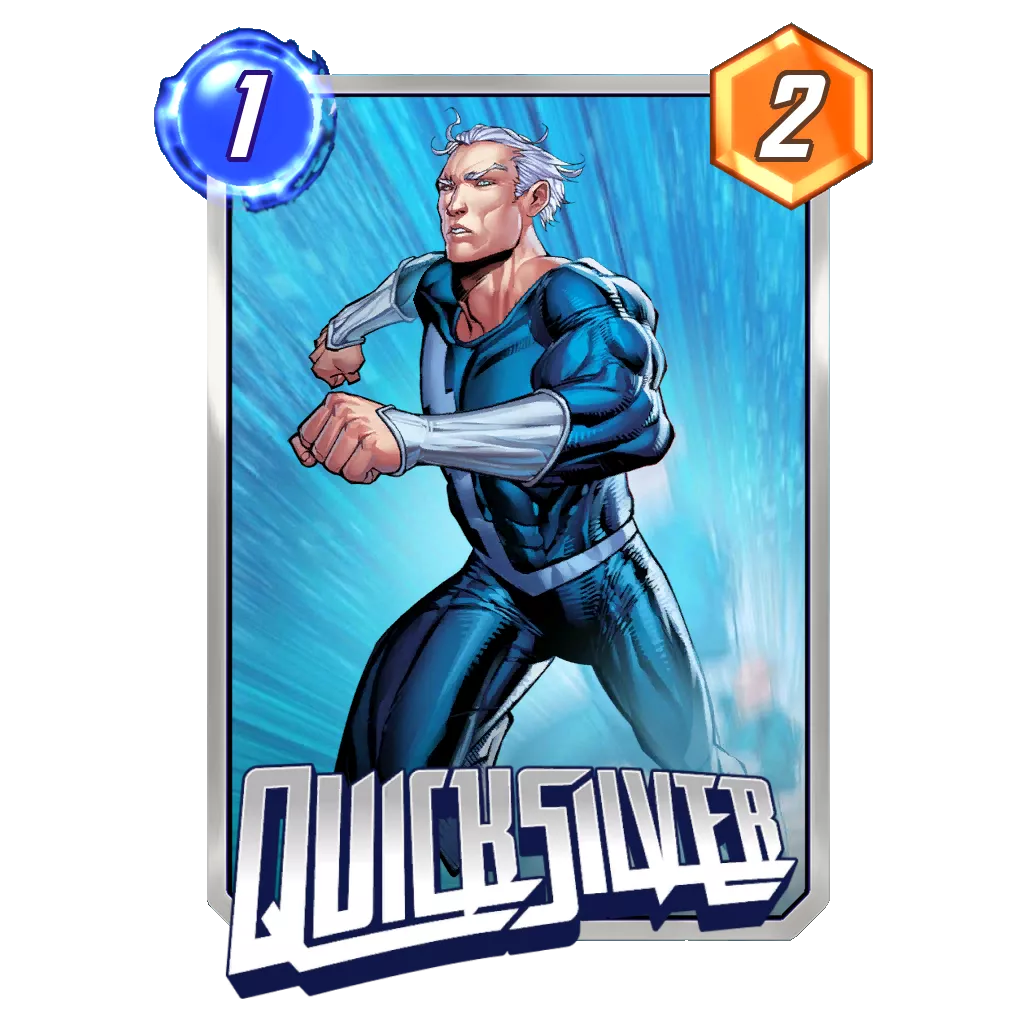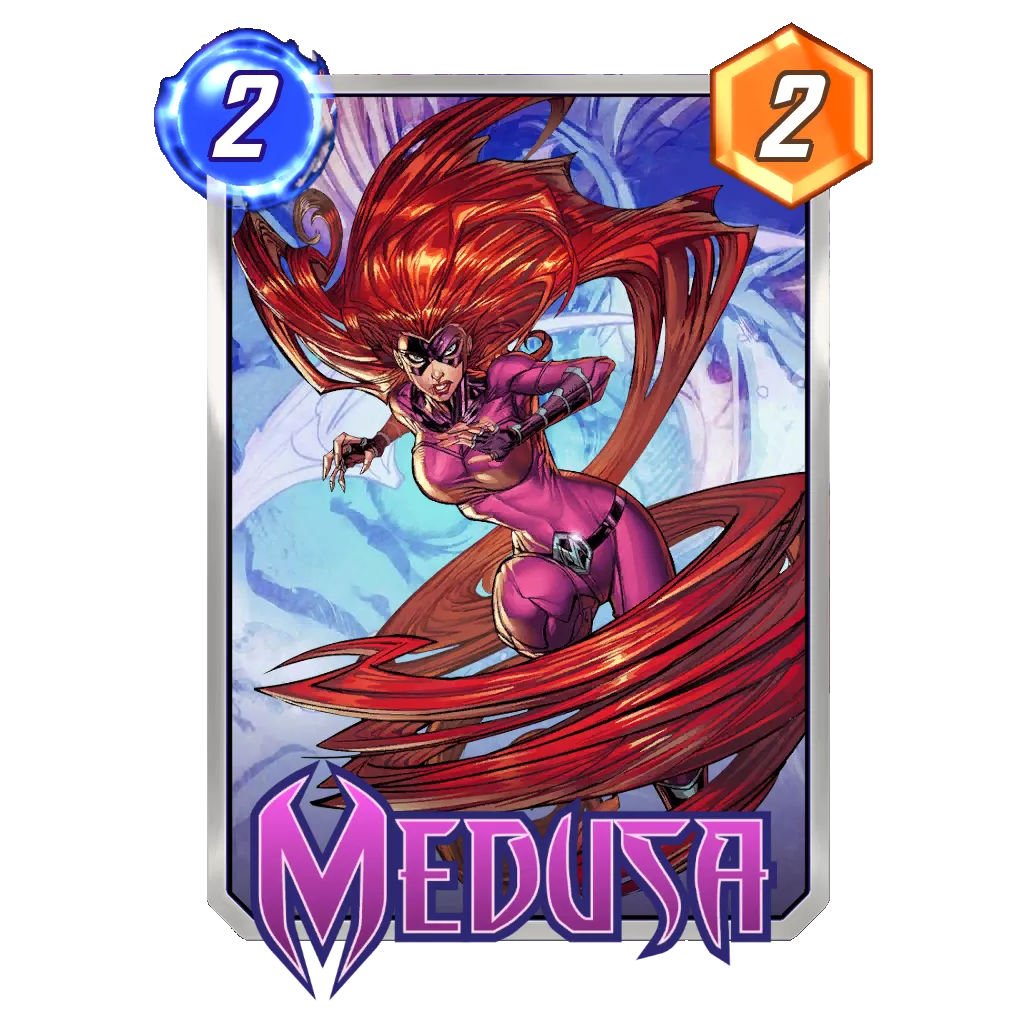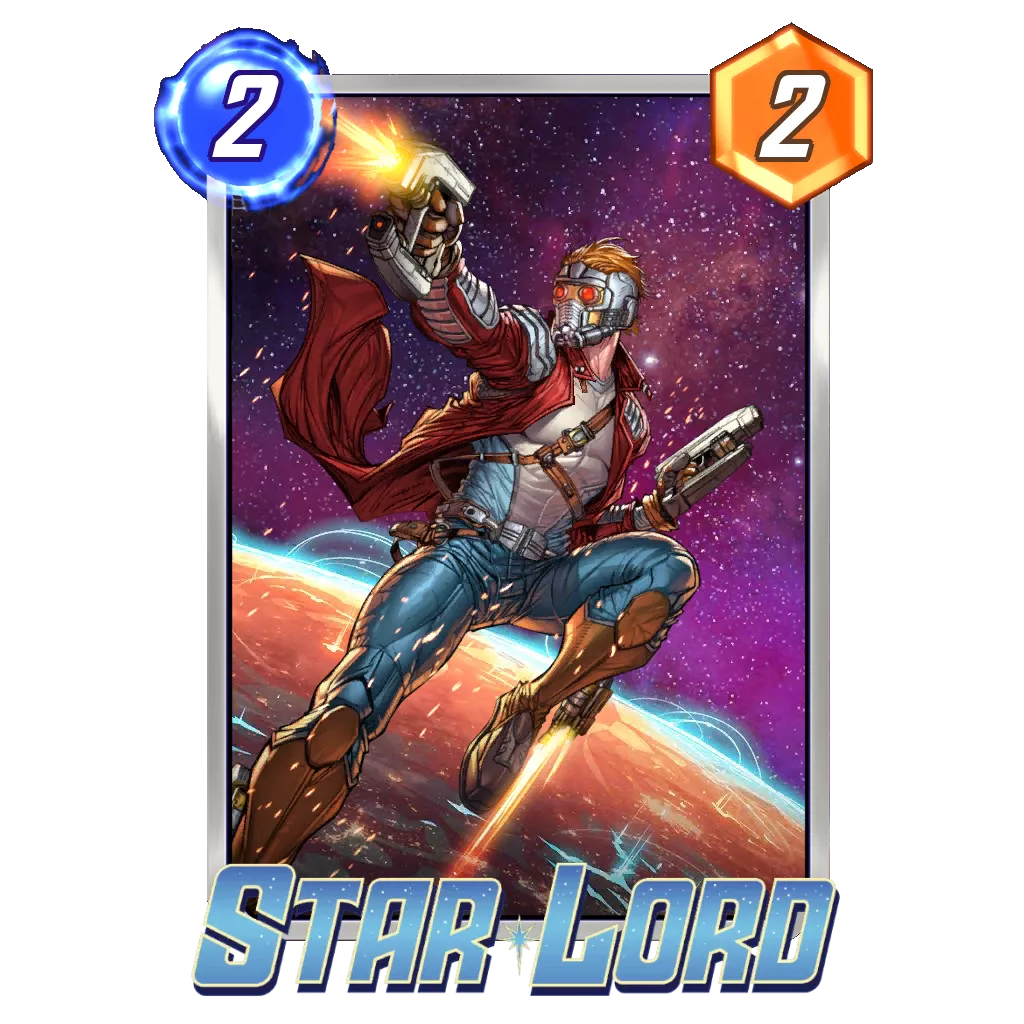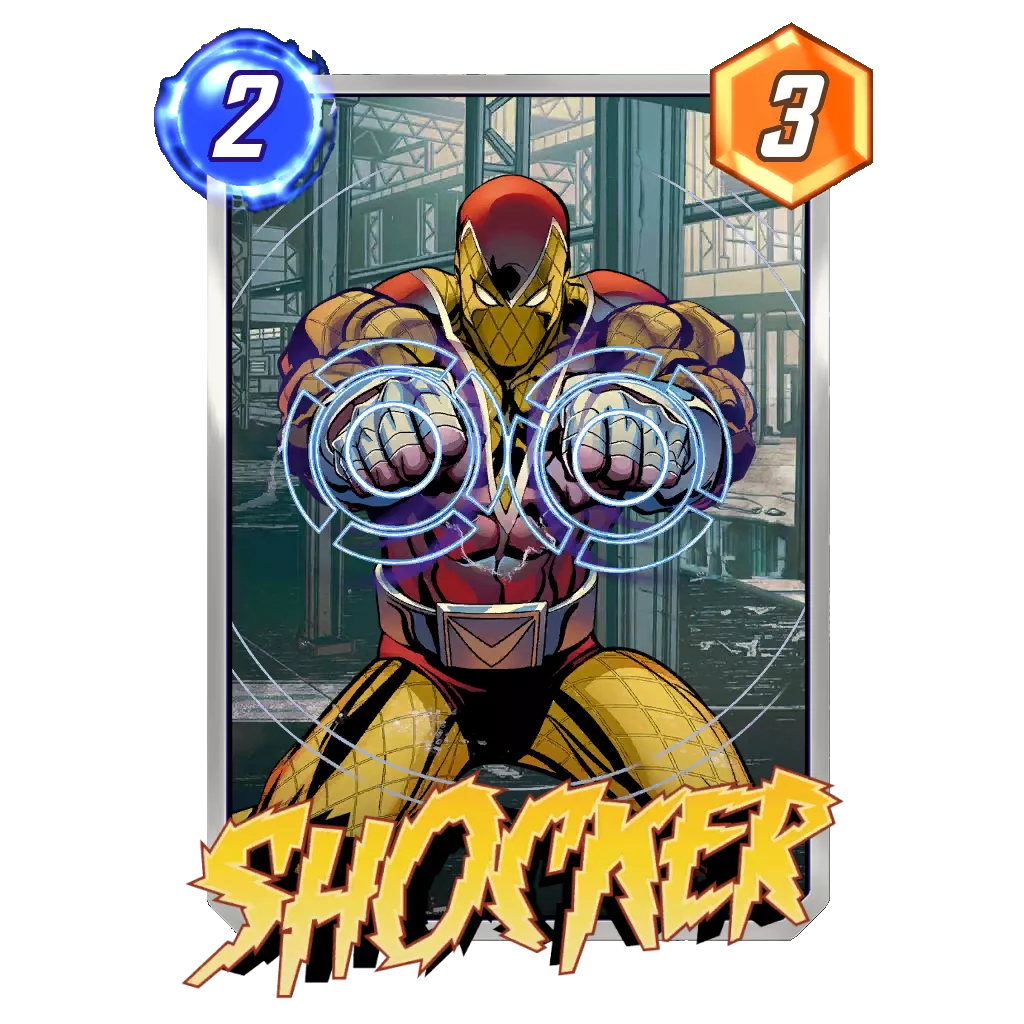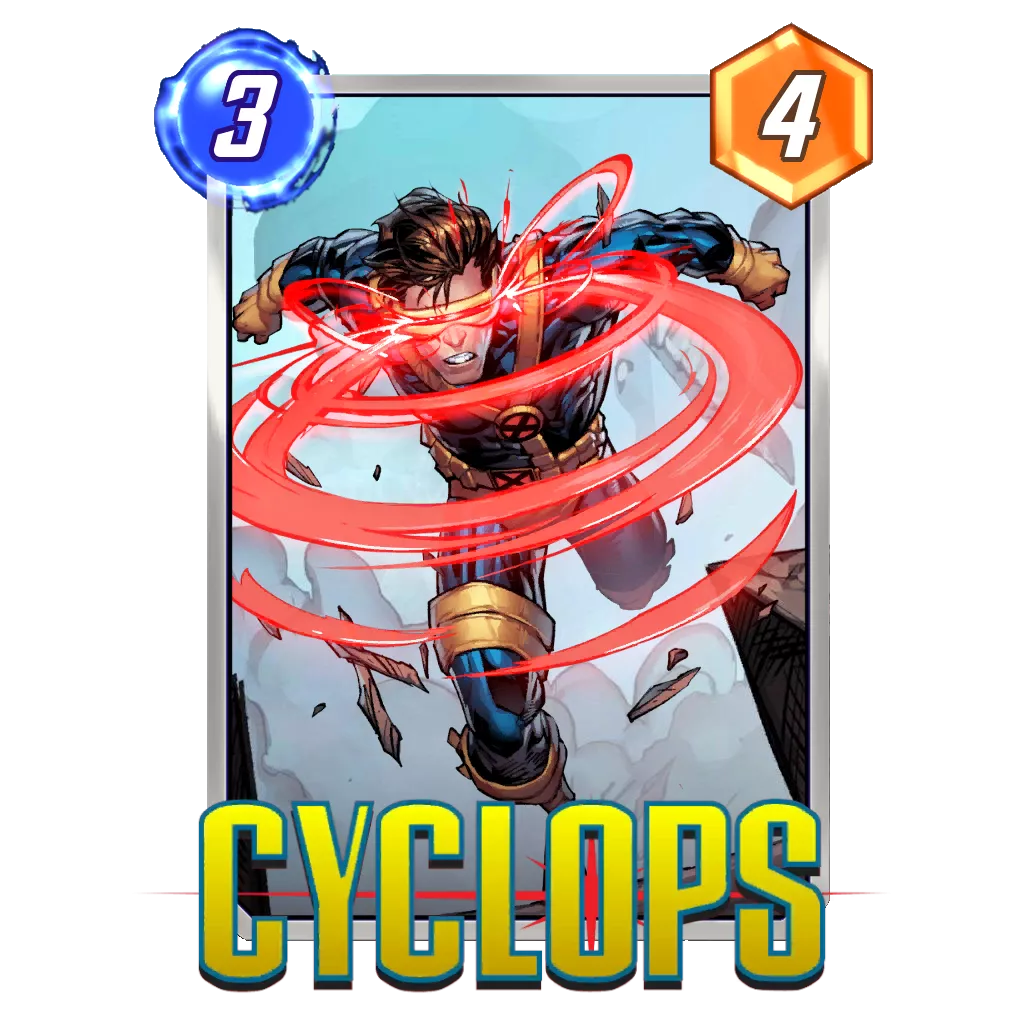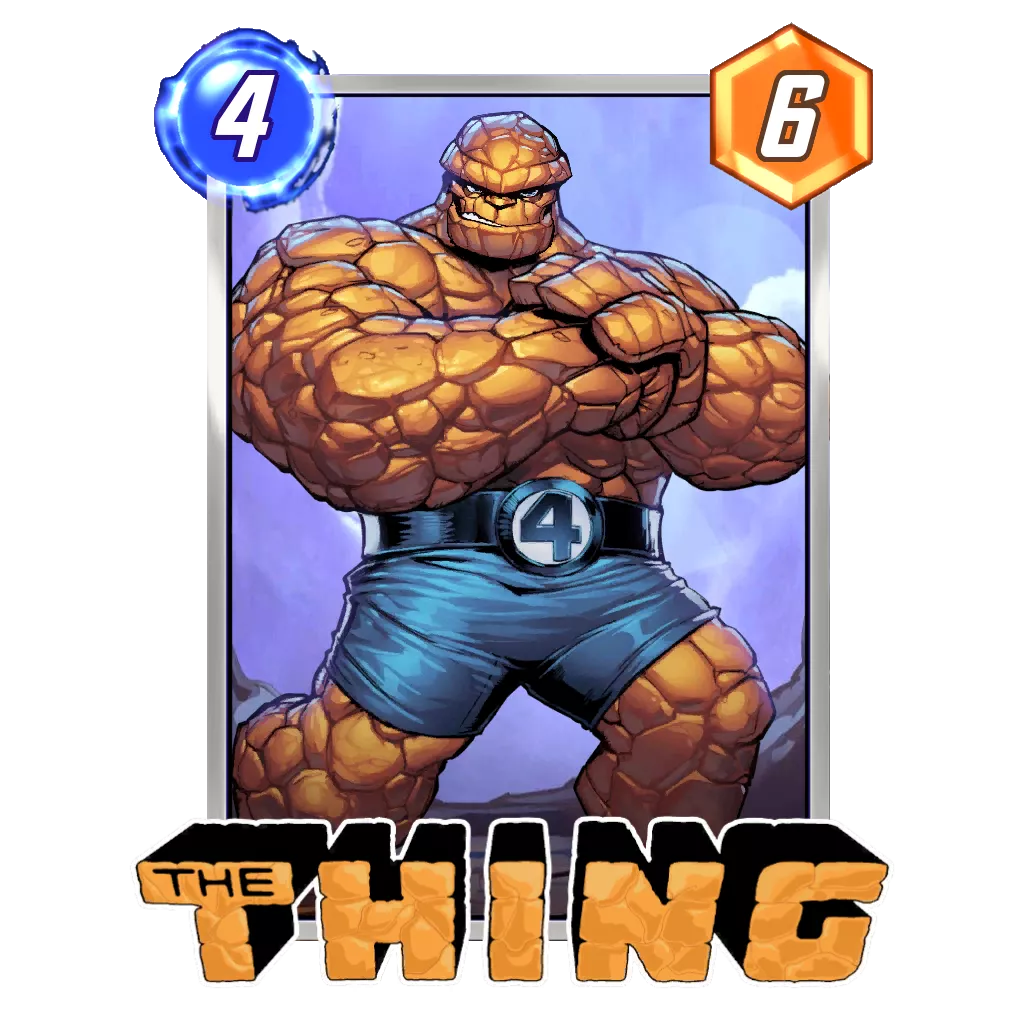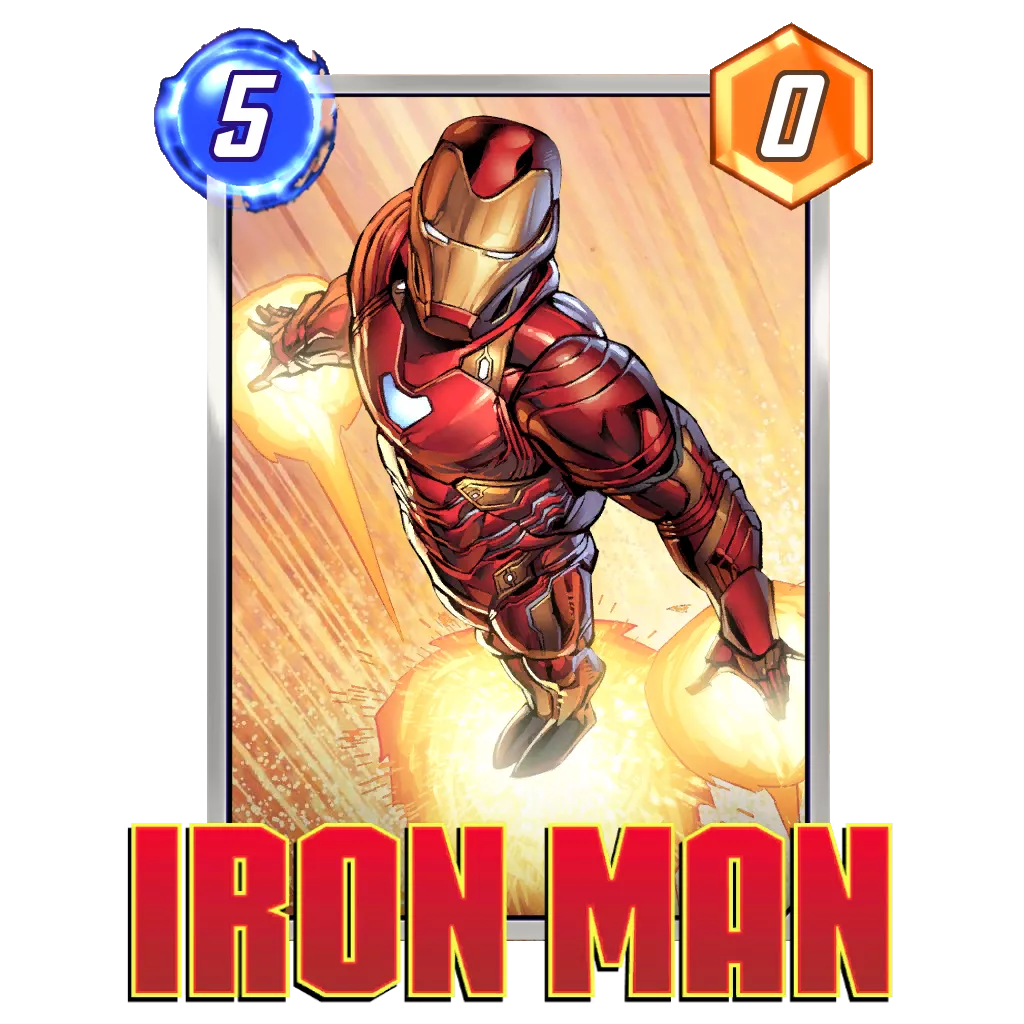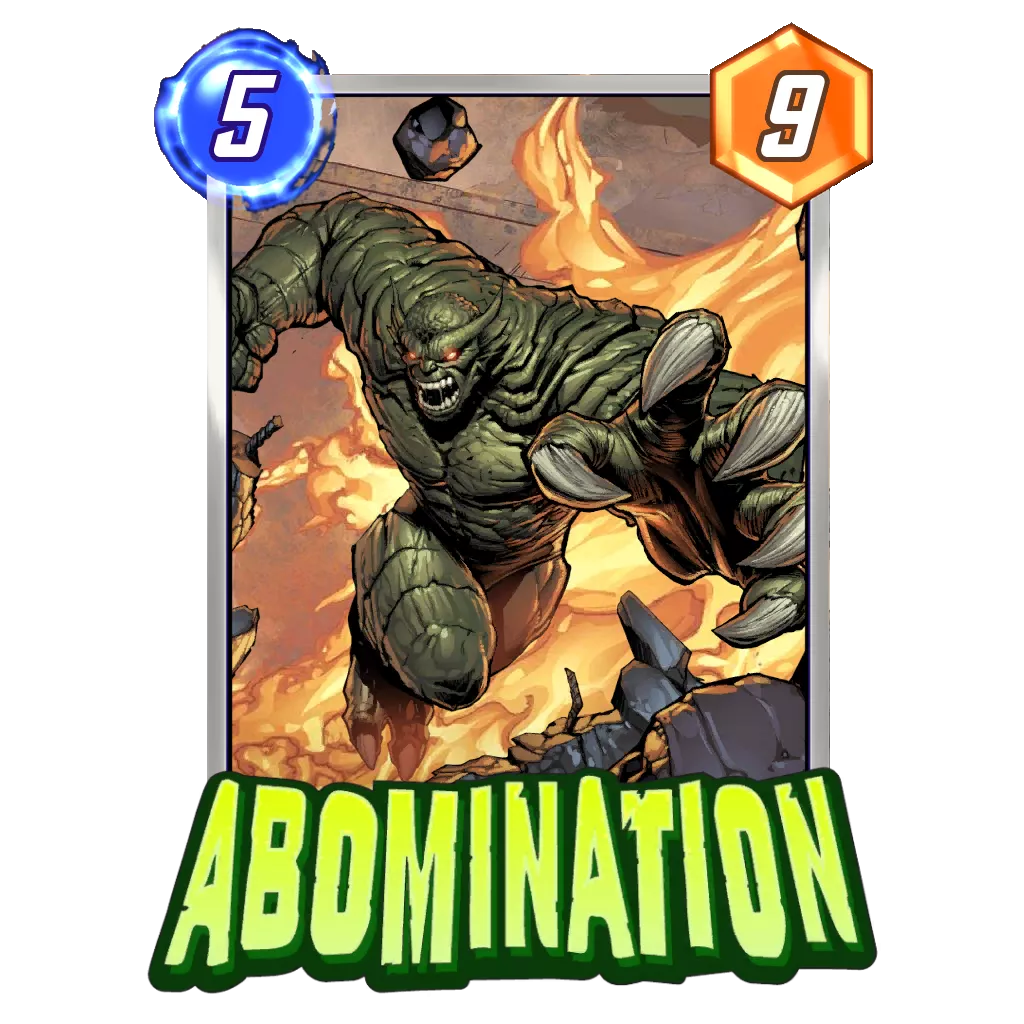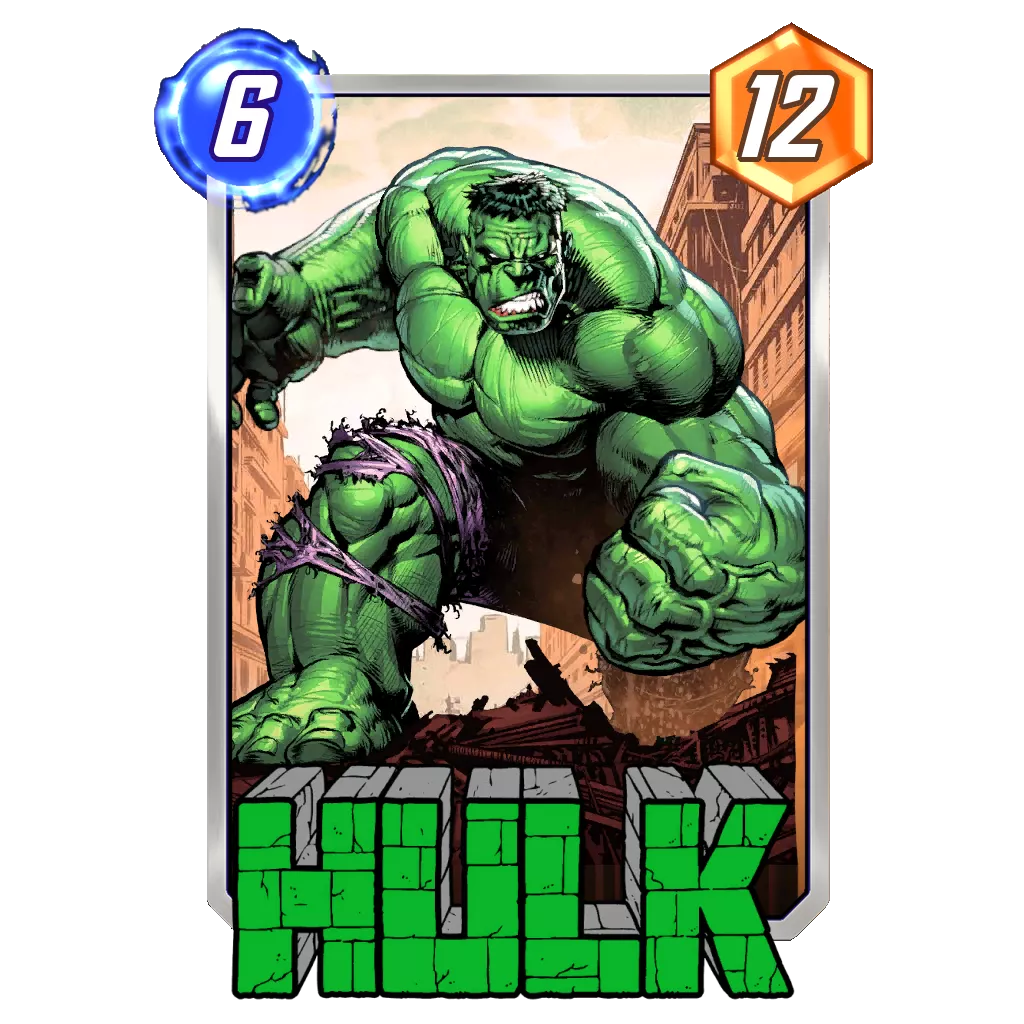Table of Contents
Marvel Snap is a collectible card game, but unlike other ones in its genre, there are no packs to buy. Cards are not released in sets or expansions, but released periodically one at a time. Second Dinner, the developing team, wanted to emphasize the experience of slowly collecting cards and experimenting with the new ones you obtain.
How do you acquire cards then? Well, I’m glad you asked, as this guide will show you how you can acquire ALL the cards in Marvel Snap and how you can do it most efficiently.
Starter Deck
So you’ve just downloaded and fired up your first game of Marvel Snap; during the initial tutorial matches, you are given a pre-made deck to start out with. The cards making up that deck are the first cards you acquire in Snap. This deck consists of:
In the course of the tutorial, you will also acquire Sentinel which the game instructs you to swap into your deck as a replacement for Shocker This helps you understand how the collection screen and deck building works. So right out of the gate, you have 13 cards in your collection. But how do you get more?
Upgrading Cards

Before we get to that, there is another important concept in Marvel Snap when it comes to progression and that is card upgrading. There are no card rarities in Snap per se. That is, certain cards aren’t considered epic or legendary and therefore harder to find than other cards that are rares or commons.
All the cards you acquire start out as Common and then, by playing games with those cards, can be upgraded to the higher rarities. When you upgrade a card, it gains a cool visual effect. The upgrade levels and their effects are:
| Rarity | Border Color | Effect |
|---|---|---|
| Common | Grey | Normal card art |
| Uncommon | Green | Art breaks out of the frame |
| Rare | Blue | Art gains a 3D effect |
| Epic | Purple | Art gains an animation |
| Legendary | Orange | Logo on the card becomes shiny |
| Ultra | Red | Card border becomes animated |
| Infinity | Foil/Purple | Split the card into two copies and adds a visual effect |
Once at Infinity, the card is split into a second copy that starts at Common again but with an additional visual effect, which shows that that card is an Infinity Split version. And you can then begin upgrading that card again from Common to Uncommon to Rare and so on, with those respective effects stacking on top of your Infinity effect.
And if you hit Infinity again with that card? It would split again, this time gaining a new and different cosmetic effect, and you can continue to upgrade that new Infinity-split card. And this can apparently go on for a while, according to the developers, unlocking more and more cool Infinity split effects! Check out the full guide here:
The original cards would still be in your collection as well, so you could choose to just play with your original unsplit, “un-Infinity” card but you would not be able to upgrade that one any further.
Boosters

So you know all about the cool visual upgrades, but how do we get to each level of rarity with a card? You do it the simplest way possible, by playing games with the cards you want to upgrade in your deck. After every game, you are awarded a certain number of Boosters to a random card in your deck. The amount of Boosters awarded depends on the amount of turns in the game. So if the game went the full six turns, you would get six Boosters.
Once you have 5 Boosters for a card, it can be upgraded from Common to Uncommon. Upgrading then “spends” the Boosters that you have and you have to then collect 10 more to make that card eligible for an upgrade from Uncommon to Rare. So, in a typical scenario, you would finish a full game and get 6 Boosters for a Common card that was in your deck. You spend 5 upgrading it and now have 1 left. You simply have to collect 9 more to be able to upgrade that card again.
The Booster threshold required to unlock each level goes up. In addition to spending your Boosters on an upgrade, you also need to spend Credits, which is an in-game currency. The amount of Boosters and Credits needed for each upgrade is:
| Rarity | Booster Cost | Credit Cost |
|---|---|---|
| Common | ||
| Uncommon | 5 Boosters | 25 Credits |
| Rare | 10 Boosters | 100 Credits |
| Epic | 20 Boosters | 200 Credits |
| Legendary | 30 Boosters | 300 Credits |
| Ultra | 40 Boosters | 400 Credits |
| Infinity | 50 Boosters | 500 Credits |
Collection Level
Wow, that sounds cool! But what does all of this have to do with collecting cards? Well, every time you upgrade a card you gain a certain amount of, what Snap calls, Collection Levels. Your Collection Level is the main way you unlock more cards. The higher your Collection Level climbs, the more cards you will acquire. This works via a Collection Level reward track, that looks like this:

Early on in the Collection Level track, you get a set card every couple of levels. Those cards are:
| Level | Card |
|---|---|
| Level 1 | Jessica Jones |
| Level 2 | Ka-Zar |
| Level 4 | Mister Fantastic |
| Level 6 | Spectrum |
| Level 8 | Nightcrawler |
| Level 10 | Wolfsbane |
| Level 12 | White Tiger |
| Level 14 | Odin |
After that, you will start seeing a reward on the track that is called Mystery Card. This card is randomly pulled from a set pool of cards in the game. The randomness of this card pull ensures everyone has varied collections, even if they are on the same Collection Level. So while one person might unlock Rocket Raccoon at Collection Level 18, another person might not unlock him until Collection Level 44.
There are currently three pools in the game (with pool 4 and 5 being added later) as follows:
| Series | Collection Level # | Card # | Decks | Tier List |
|---|---|---|---|---|
| Pool One | Collection Level 18 - 214 | 46 cards | Decks | Tier List |
| Pool Two | Collection Level 222 - 474 | 25 cards | Decks | Tier List |
| Pool Three | Collection Level 486+ | 104 cards | Decks (Beginner) Decks (Advanced) | Tier List |
| Series Four | Collection Level 486+ - Rare | 24 cards | Decks | Tier List |
| Series Five | Collection Level 486+ - Ultra Rare | 30 cards | Decks | Tier List |
| Unreleased | Release and Series Drop Schedule | 34 cards |
Matchmaking between players is also loosely based on the Collection Level that they are on, but just because you crossed the line between Pool 1 and 2, it doesn’t mean the games will suddenly become impossible to win – it also takes your MMR into account.
After level 14 on the Collection Level reward track, you will also begin acquiring Credits and Boosters as rewards. These Boosters will get assigned to a random card in your collection. So when you claim the reward, it will tell you you got “20 Star-Lord Boosters”, for example.
Also, when upgrading a card, you get more Collection Levels the higher rarity it is. The amount of Collection Levels for each rarity are:
| Rarity | Collection Level |
|---|---|
| Common | |
| Uncommon | +1 |
| Rare | +2 |
| Epic | +4 |
| Legendary | +6 |
| Ultra | +8 |
| Infinity | +10 |
So while the costs to upgrade a card go up, you gain more Collection Levels each upgrade in return. Putting everything together:
| Rarity | Border Color | Effect | Booster Cost | Credit Cost | Collection Level |
|---|---|---|---|---|---|
| Common | Grey | Normal card art | |||
| Uncommon | Green | Art breaks out of the frame | 5 Boosters | 25 Credits | +1 |
| Rare | Blue | Art gains a 3D effect | 10 Boosters | 100 Credits | +2 |
| Epic | Purple | Art gains an animation | 20 Boosters | 200 Credits | +4 |
| Legendary | Orange | Logo on the card becomes shiny | 30 Boosters | 300 Credits | +6 |
| Ultra | Red | Card border becomes animated | 40 Boosters | 400 Credits | +8 |
| Infinity | Foil/Purple | Split the card into two copies and adds a visual effect | 50 Boosters | 500 Credits | +10 |
Pay to Win (P2W)?
So let’s review, to gain more cards you have to play games to gain Boosters for the cards in your deck, which you can spend to upgrade those cards, which increases your Collection Level, which gives you more cards that you can put into decks and upgrade those cards which helps you unlock more cards… It’s a nice little loop, isn’t it?
But what if you just want to start an account, drop a ton of money and get all the cards in the game? Well, the short answer is, you can’t. But there is a way to spend money and speed things up a bit.
The in-game Shop has a section for Fast Upgrades. These upgrades let you skip acquiring Boosters for a card by playing and instead allow you to purchase the required Boosters with Credits.
The cost ratio for doing this is 5 Credits for every Booster needed. So, in the example image above, you see that Sentinel costs 50 Credits to upgrade. That is 25 Credits for the missing 5 Boosters and 25 Credits for the upgrade itself.
If you want to utilize a Fast Upgrade, but don’t have quite enough Credits, you can reduce the cost by collecting some Boosters. So if the Fast Upgrade costs 300 Credits and you only have 250 Credits, you can collect 10 Boosters of that card and return to the Shop and the Fast Upgrade cost will have been reduced to 250 Credits.
The cards on offer in the Fast Upgrade section are three random ones from your collection and are refreshed every 8 hours.
The Credit Bottleneck
If you are playing a lot and upgrading cards often, you will quickly realize where the bottleneck is going to be. It’s Credits. You can always earn Boosters, as long as you keep playing. But you can only earn Credits by completing Daily Missions, and as rewards in the Collection Level, Season Pass and Ranked Rewards. Which means you will eventually run completely out of Credits and the best (or only) way to get more is wait until the next day when missions reset.
You CAN purchase Credits in the Shop for real money. Or rather, by spending the premium in-game currency Gold, which can itself be purchased for real money. A bundle of 150 Credits costs 120 Gold and a bundle of 500 Credits costs 400 Gold. Gold itself can be purchased in the following bundles:
| Gold | Price (USD) |
|---|---|
| 300 Gold | $4.99 |
| 700 Gold | $9.99 |
| 1,450 Gold | $19.99 |
| 2,600 Gold | $34.99 |
| 3,850 Gold | $49.99 |
| 8,000 Gold | $99.99 |
However, although you can repeatedly buy as much Gold as you want, the Credit purchases are time-restricted. You can buy them once but then have to wait a certain amount of time before they become active again. So you can’t just buy a ton of Gold, turn it all into Credits and then upgrade cards ad infinitum. The game developers have intentionally capped the rate at which one can gain Credits, even for those with money to spend. Presumably, this is to keep everyone on a relatively even playing field.
So How Do I Get All the Cards?
So, you ask, how exactly do I acquire all the cards? Well, you play the game! Over time, you will acquire the Boosters and Credits needed and your Collection Level will grow and you will unlock a full collection.
But if you want the most cards for the least amount of resources spent, the most efficient way to do that is to upgrade all cards from Common to Uncommon first, before spending any Credits on further upgrades. This is because the cost to Collection Levels gained is most efficient at the first upgrade, where it only costs 25 Credits to gain one Collection Level while at all other upgrade tiers it costs 50 Credits per Collection Level.
I also recommend that you avoid spending any Credits on Fast Upgrades. While these look appealing as ways to upgrade cards quickly, you are spending valuable currency that is time-gated (Credits) to buy currency you can get unlimited amounts of for free (Boosters). So in the long run, you are actually slowing down your progress.
For a more in-depth look at the viability of free-to-play accounts in Marvel Snap, you can check out our F2P guide here.
All in all, someone who plays regularly and completes their daily missions and upgrades their cards efficiently should be able to keep up a steady influx of new cards and eventually acquire a full collection.
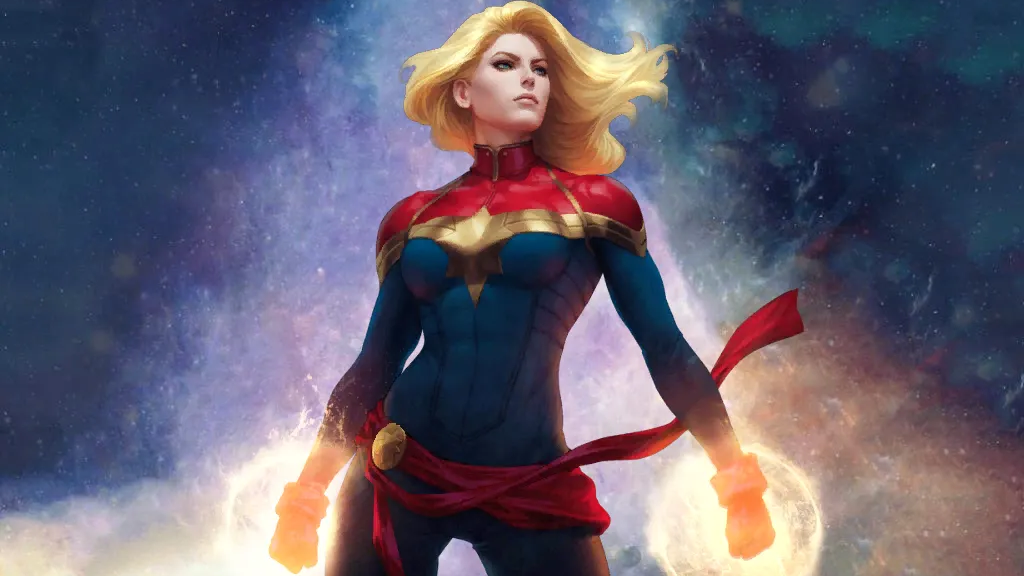
⭐ Premium
Enjoy our content? You can Support Marvel Snap Zone and your favorite content creators by subscribing to our Premium community! Get the most of your Marvel Snap experience with the following perks for paid membership:
- No ads: Browse the entire website ad-free, both display and video.
- Exclusive Content: Get instant access to all our Premium articles!
- Meta Reports: Exclusive daily meta reports, such as the Ultimate Card Metrics Report, Top 10 Decks of the Day, Top 30 Cards, and Top Card Pairs tailored for you!
- Team Coaching: Join our free weekly team coaching call sessions on the Discord server. Claim your Premium role and gain access to exclusive channels where you can learn and discuss in real time!
- Premium Dashboard: Get full instant access to the member-only dashboard, the all-in-one page for all your benefits.
- Support: All your contributions get directly reinvested into the website to increase your viewing experience! You get also get a Premium badge and border on your profile.
- Special offer: For a limited time, use coupon code SBYREX4RL1 to get 50% off the Annual plan!
